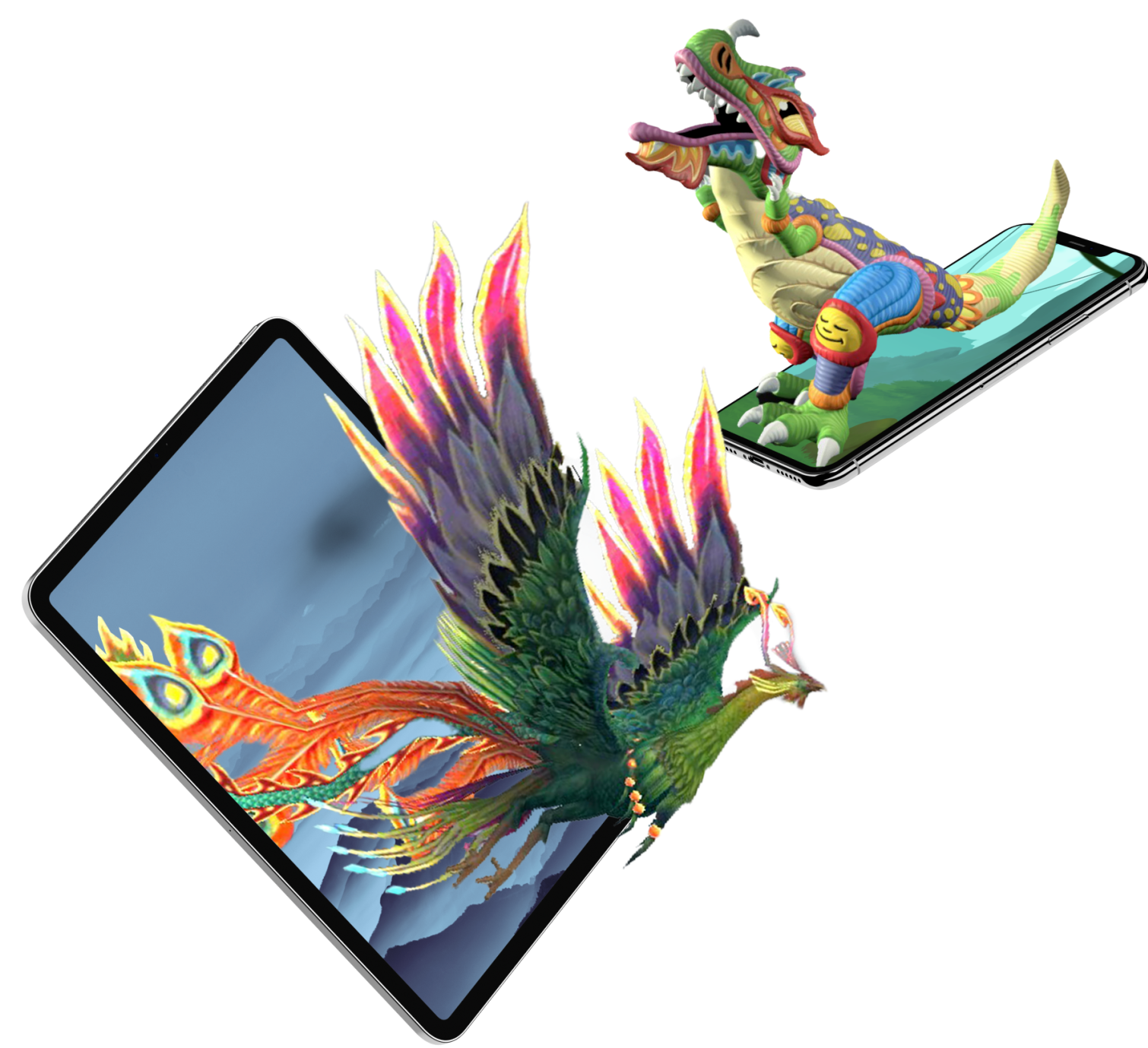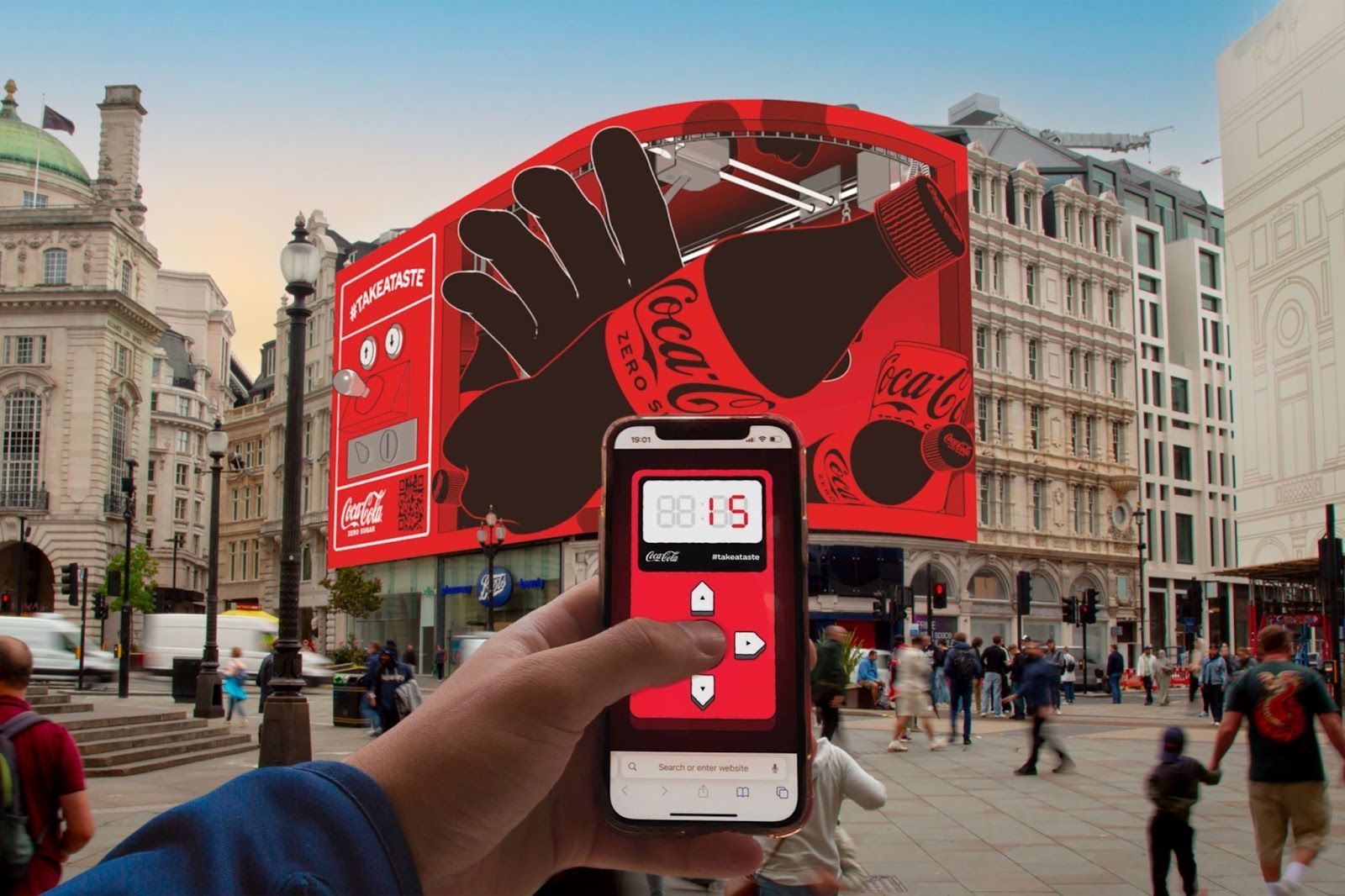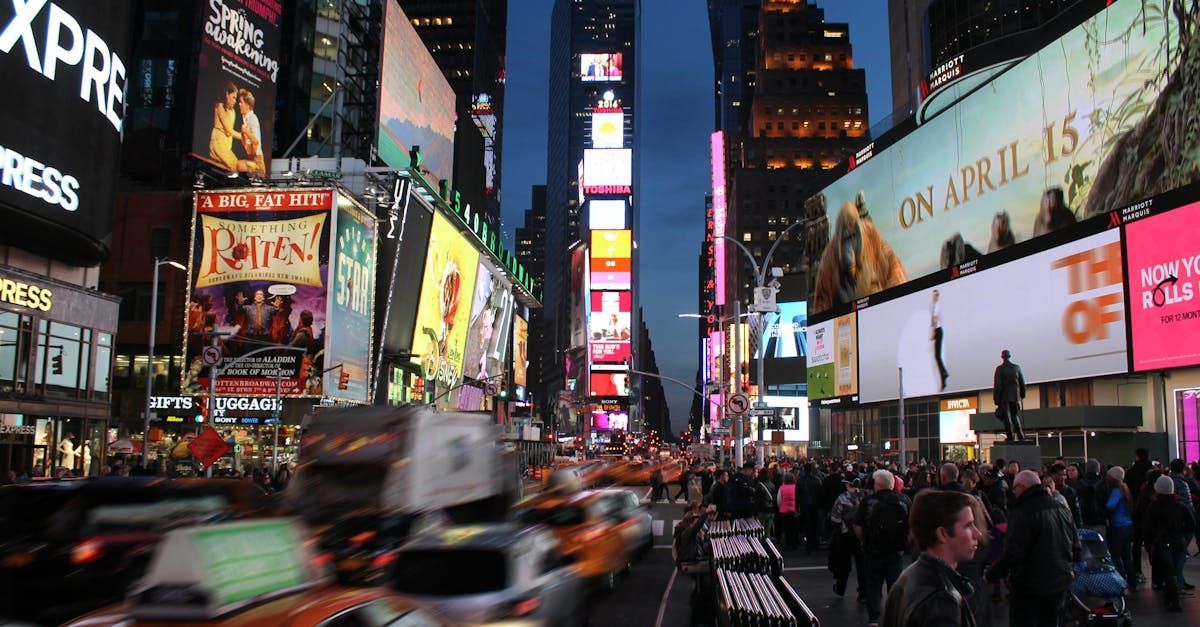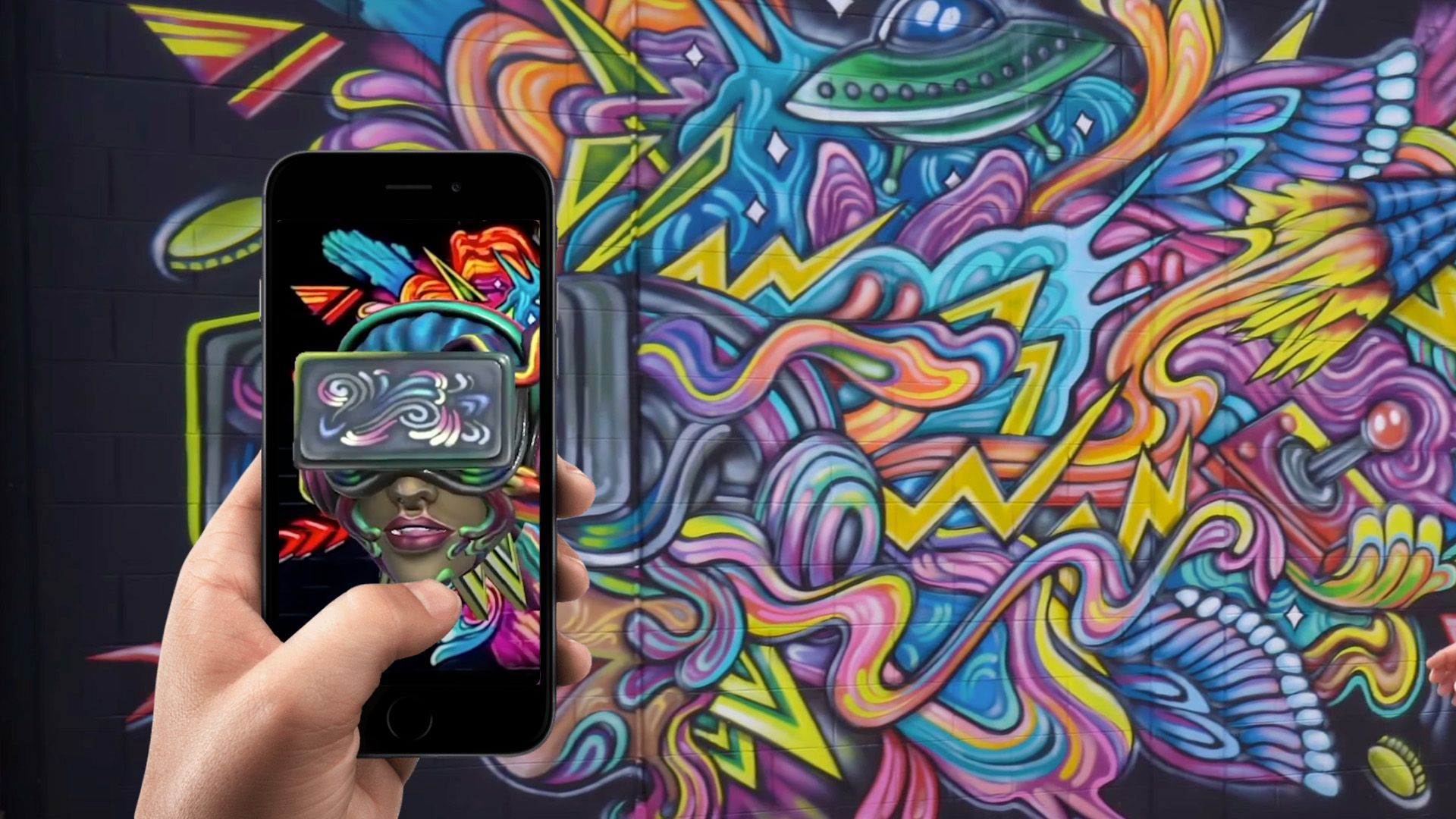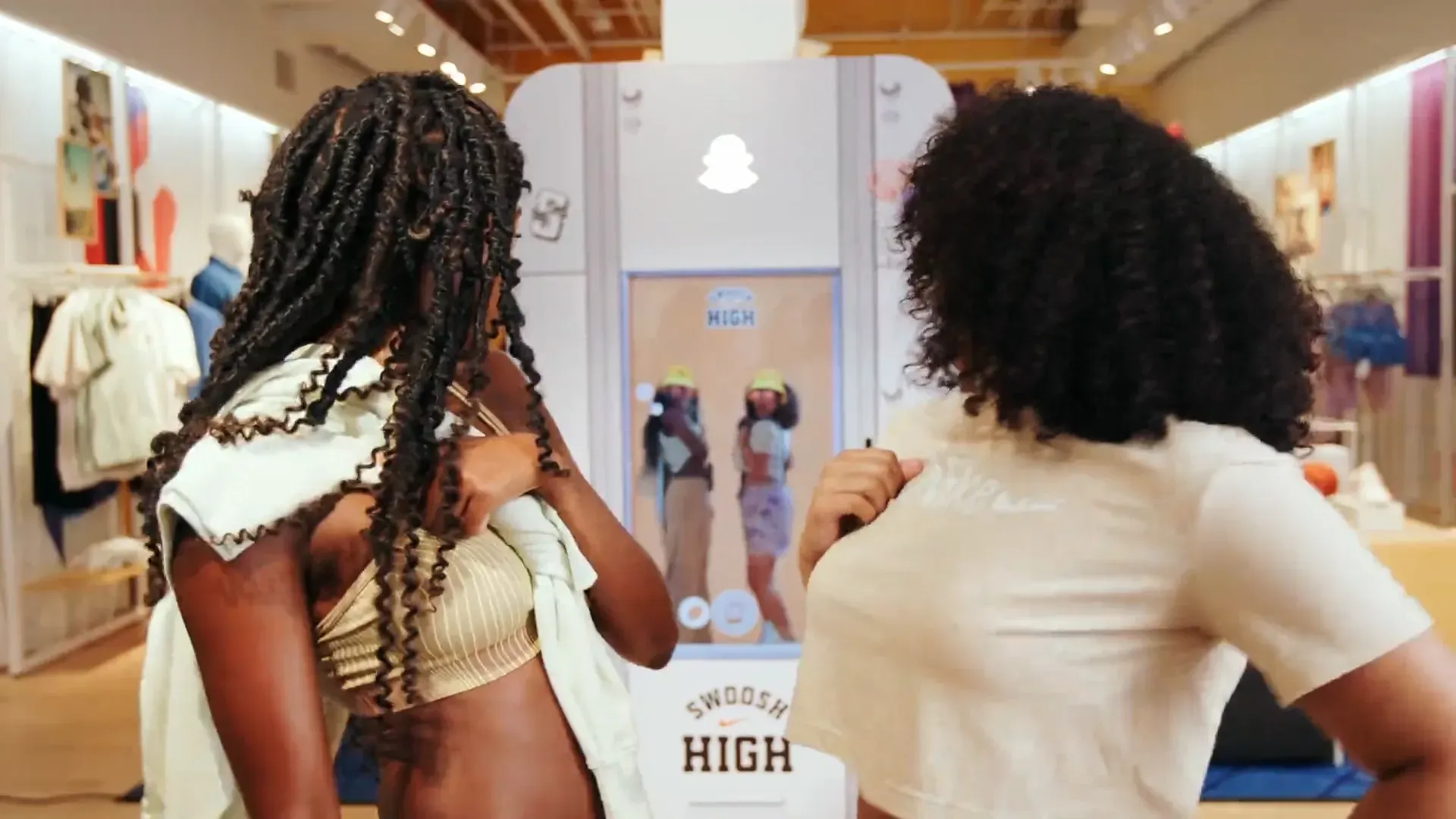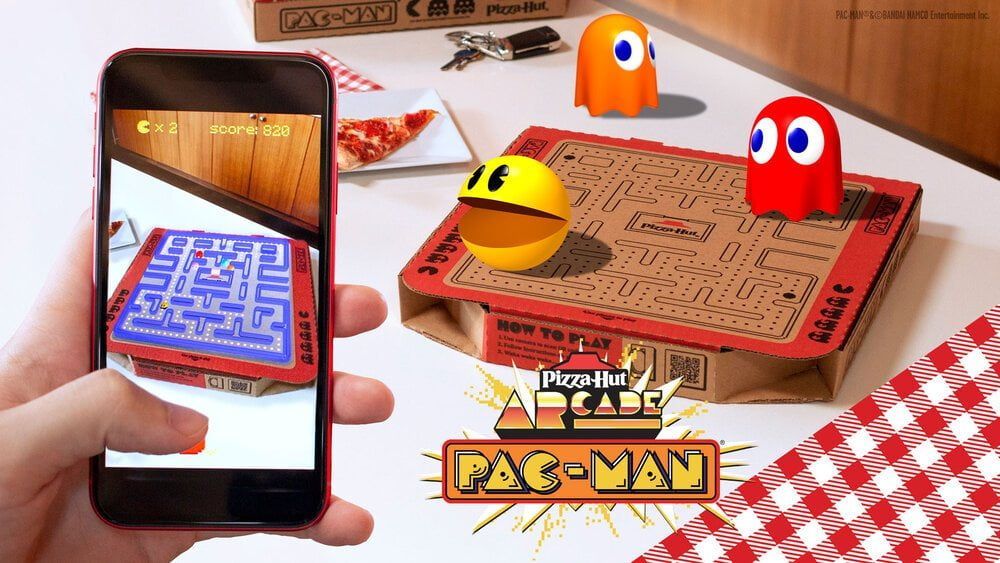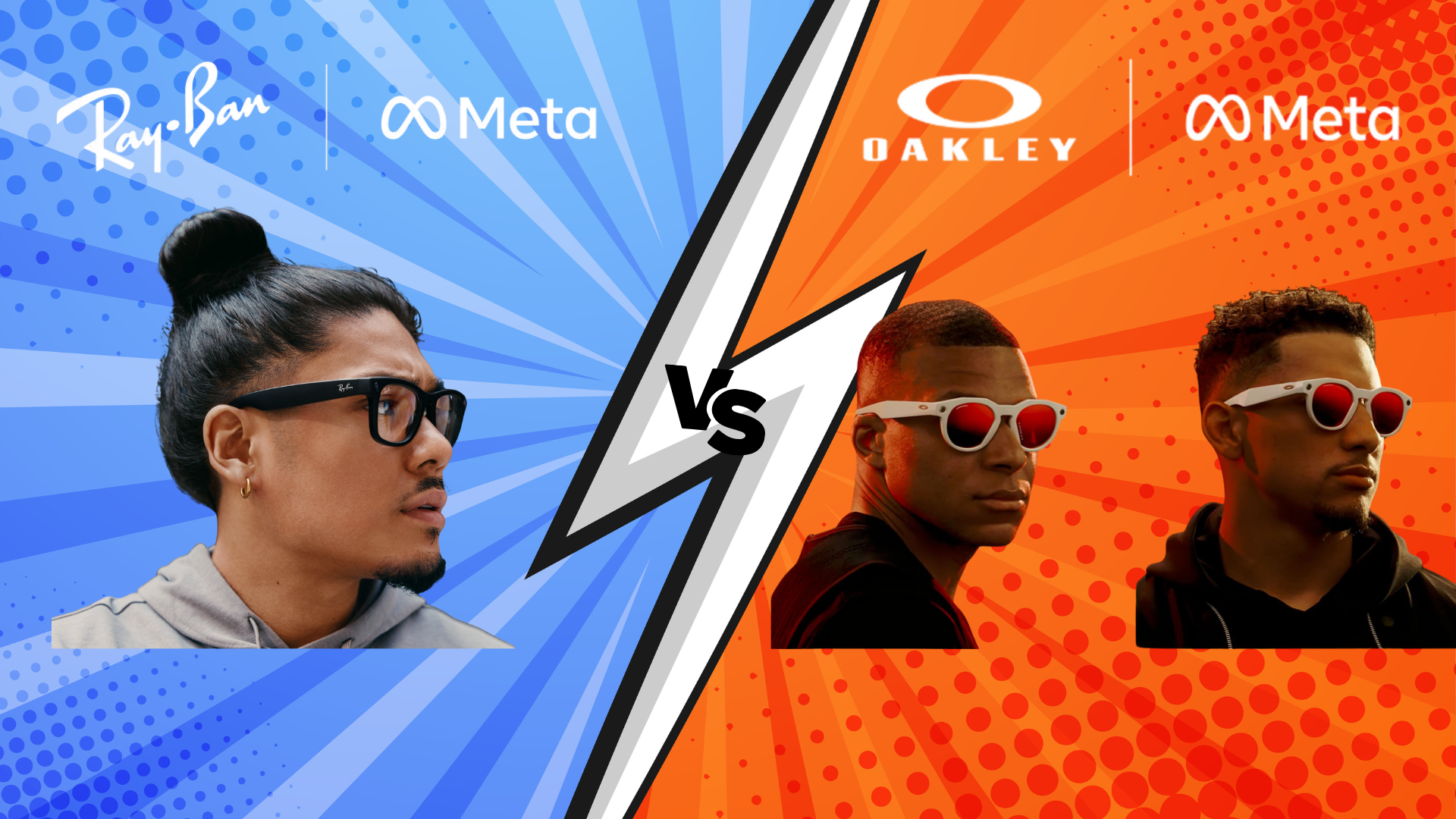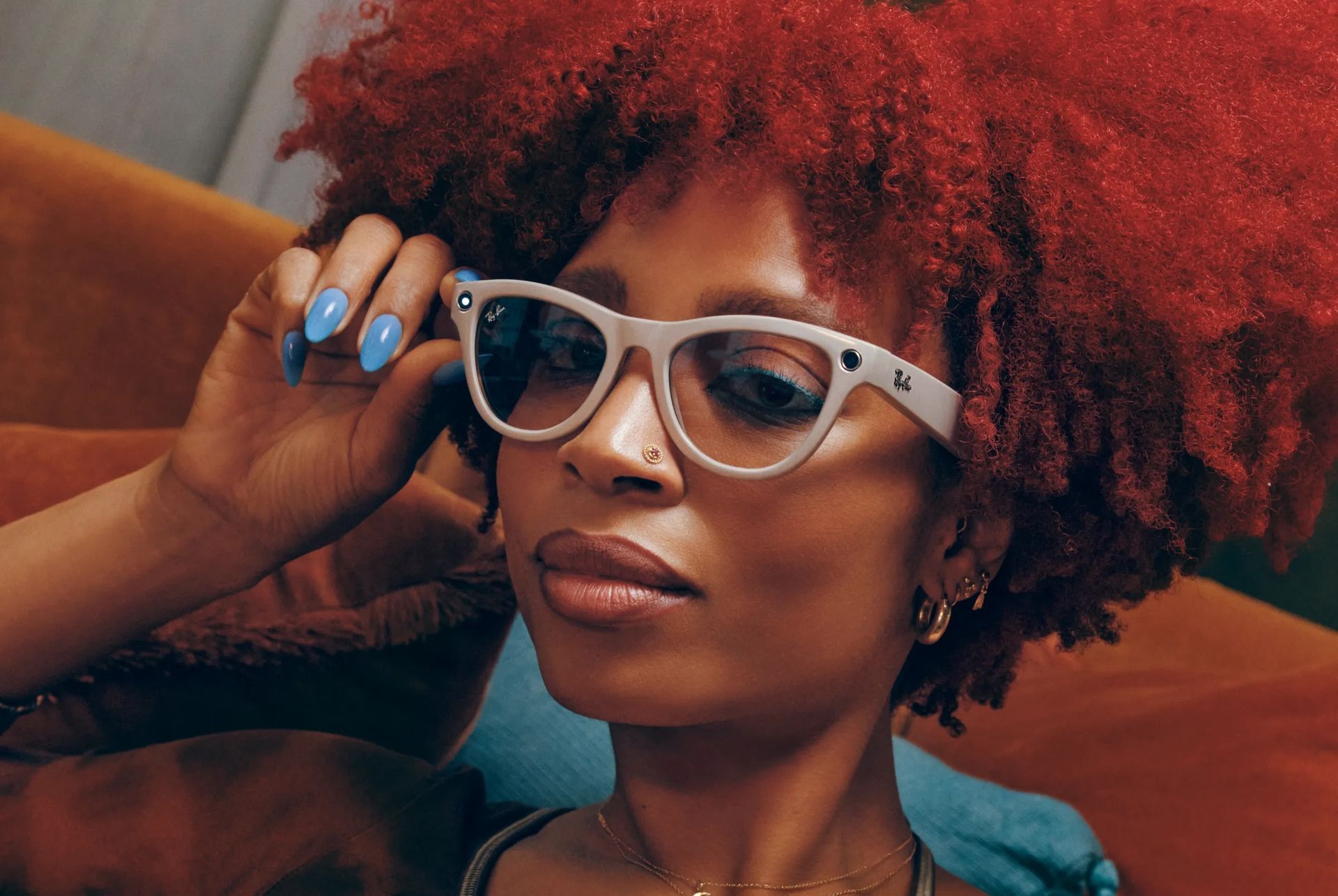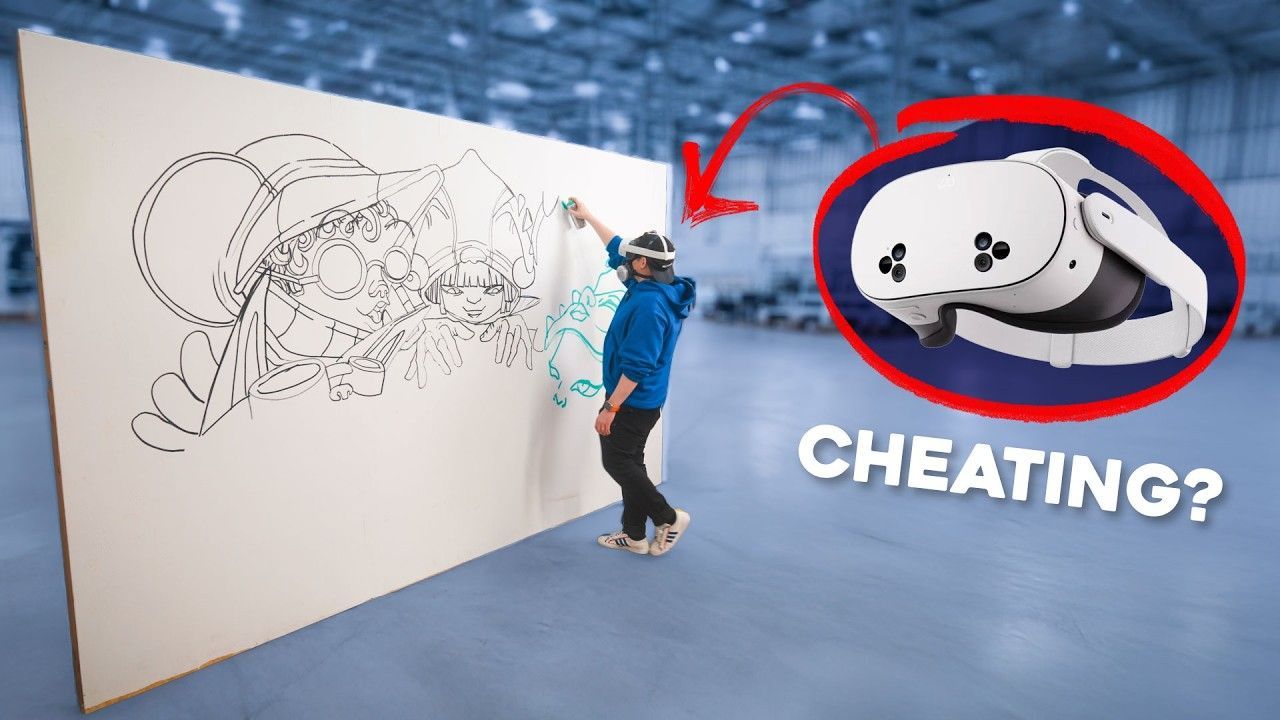EXPLORE THE FINAL FRONTIER WITH KENNEDY SPACE CENTER'S SPACE VR EXPERIENCE
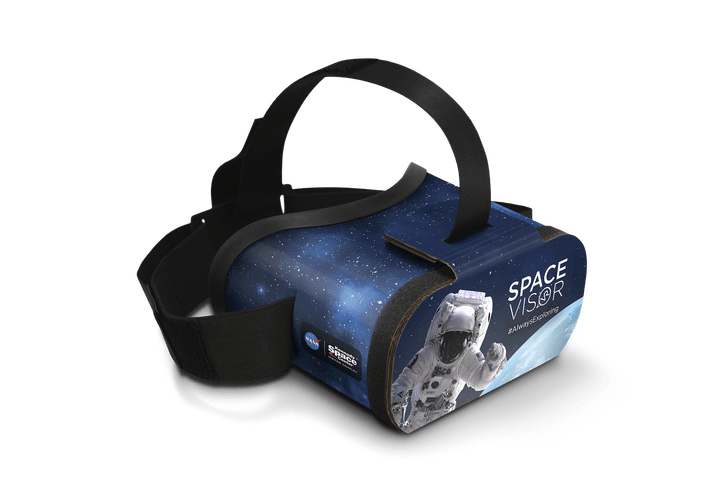
Virtual reality offers the promise of putting us smack dab in the middle of any environment imaginable. Some are fictional, like VR games and story modes such as the upcoming Alien: Covenant VR feature. Other VR environments are based on real locations, and allow us to travel to places that are otherwise inaccessible to us and to see into them in new ways.
Most of us will never make it to space, and so it’s great to see NASA making investments in bringing its unique subject matter to VR. One such project is underway at the Kennedy Space Center in conjunction with BrandVR. Called the the Space Visor VR headset, it’s the result of almost two years of work.
The Space Visor is a new VR headset available at the Kennedy Space Center Visitor Complex that connects with the user’s own smartphone. The device comes in three different versions (Astronaut, Exploration, or Atlantis), and uses three different iOS or Android apps — KSC 360 Expedition, Space Dreams, and Edge of Home — to create the experience. A 2015 flagship smartphone like the Samsung Galaxy S6 or iPhone 6S or later is recommended.
Each app augments a different aspect of the overall Kennedy Space Center experience. The KSC 360 Expedition app gives facts about the rockets in the Rocket Garden, lets users check out the Space Shuttle Atlantis floating in orbit or take a ride in the lunar rover, and more. The app also provides a virtual cockpit experience for the Mercury-Atlas 8, Gemini 9, and Apollo 14 space capsules.
The Space Dreams app gives a look into a space-inspired child’s room and imparts facts about our solar system, including the planets, as well as the Mars rover and a Mercury spacesuit. The Edge of Home app brings things closer, letting users go on an extravehicular exploration of the International Space Station as it orbits the Earth.
The Space Visor is available for purchase at the Kennedy Space Center Space Shop for $59.99. It’s not limited to using at the center itself, so it offers the ability to take some of the space experience home with you after your visit is complete.
Read the original article from Digital Trends here:
https://www.digitaltrends.com/virtual-reality/nasa-introduces-kennedy-space-center-space-visor-vr-experience/
Well, there you have it. We'll see you again in a couple of weeks but either hit that subscribe button or follow this blog as we plan to create much more metaverse and XR-related content moving forward!
